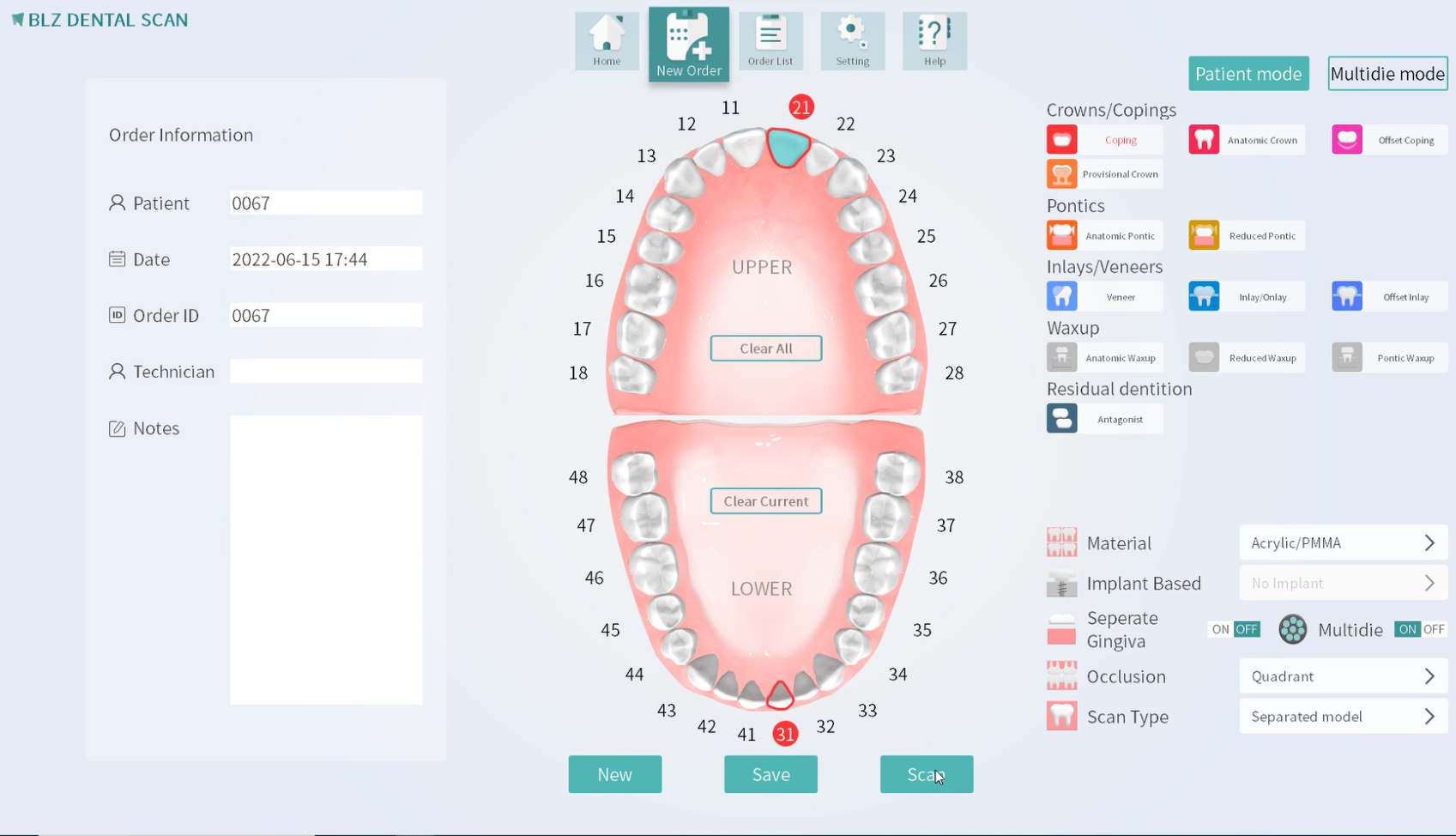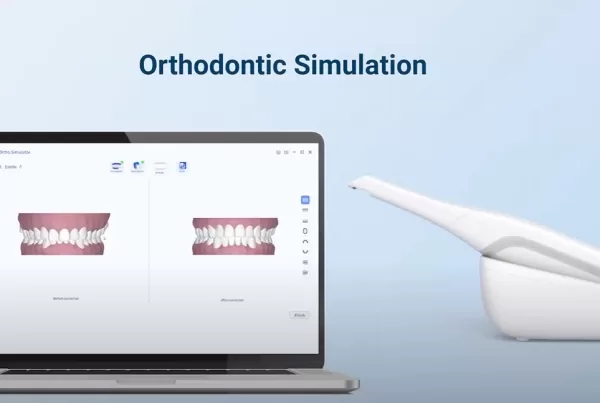Traditional impressions have been used for a very long time with dental materials like alginate, impression compounds, elastomeric materials, etc. As a result of recent technological advances, intraoral scanning impression-taking and digital model production have been integrated into dental practice. So, which one is better for you? We could get to know more about this in this article.
The Advantages of Digital Impressions
Greater Detail
One advantage of digital impressions is that they are very detailed and accurate, allowing you to fine-tune your treatment for each tooth. And digital impressions can be viewed from various perspectives. And all of the perspectives can provide the details the dentist requires to ensure the treatment is successful.
More Comfortable
The intraoral scanning camera is slim, making it far more comfortable than traditional impression trays, which are large and bulky. With intraoral scanning impressions, our intraoral scanner takes just a few moments to capture accurate images of your teeth, jaws, and palate.
Easier to Share
If your dentist wishes to consult with another specialist or laboratory during your treatment. It only takes a few clicks to securely share your impressions over the Internet. However, the only way to share a traditional impression is to manually deliver it, which is really time-consuming.
Eco-friendly Choice
Traditional impressions are made with plastic trays and a lot of excess putty, which eventually ends up in a landfill. Digital impressions are captured and stored on a computer so there’s no waste involved. And they don’t take up any physical storage space.
The Advantages of Analogical Impressions
Cheaper
Whether the impression is taken using materials like alginate or whether elastomers are used. The cost of analogical impressions is far lower than the cost of digital impressions for short term.
No Need for More Learning and Practicing
Analogical impressions are still the impression type most commonly used in the majority of dental practices. Regarding digitalization, there is a kind of steep learning curve. And transferring to intraoral scanning impression can take a lot of time, especially for those dentists who are less familiar with new technologies and still account for a significant part of the dentistry sector.
Conclusions
Generally speaking, with proper learning and practicing, intraoral scanning can greatly help update the workflow of dental practices. Intraoral scanning impression can overcome many flaws of traditional one. So, it is obvious that digital impressions have undeniable clinical and practical advantages over traditional impression.

